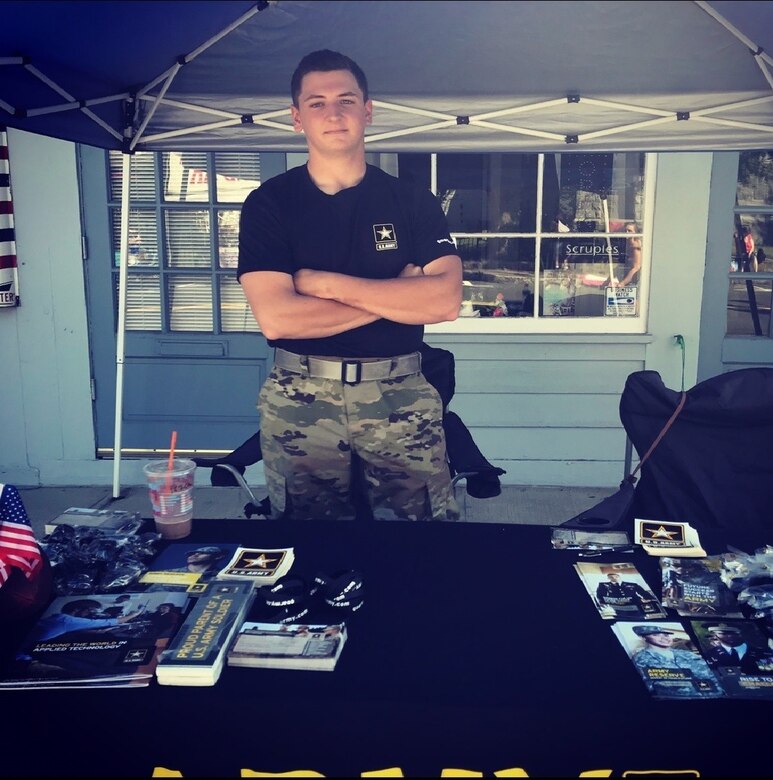By Jim Garamone
DoD News, Defense Media Activity
WASHINGTON -- The Close Combat Lethality Task Force is
gathering information from the services, industry and allies before making
recommendations to Defense Secretary James N. Mattis, the senior Army enlisted
representative to the task force said here today.
Speaking to reporters at the Pentagon, Army Sgt. Maj. Jason
Wilson explained the process for the task force, which Mattis set up in March.
The task force seeks to ensure Army, Marine Corps and
special operations infantry squads overmatch any potential adversary, he said.
Noting that infantry squads need to be more lethal, more resilient and more
capable, he said the task force has the mission to look at lethality from every
angle, from personnel to equipment to training to doctrine, and make
recommendations to the secretary.
The task force members are examining what the services and
U.S. Special Operations Command are currently proposing for infantry soldiers.
They are looking at weaponry, protective gear and tactics and seeing if those
already existing proposals and equipment can be adapted throughout the U.S.
infantry world.
Pursuing Promising Leads
“Close combat is an environment characterized by extreme
violence within line-of-sight of the enemy, where historically the vast
majority of military combat casualties occur – approximately 90 percent,”
Wilson said. The [task force] is pursuing promising leads in manpower policy,
focusing on recruiting, developing and retaining the individuals with the
requisite cognitive capacity, skills and traits to excel within a close-combat
environment.”
As part of gathering information upon which they can base
their recommendation, the sergeant major said, task force members visited
Israel and “gained a different perspective on leader development, equipment and
policies, which will potentially enhance our close-combat lethality.”
They also visited the Marine Corps training area at
Twentynine Palms, California, where the members observed the Squad X
experiment. This effort looks at “distinct sensing capabilities designed to be
organic to the close-combat formation,” Wilson said.
Dominating the Operational Environment
“These capabilities are directly linked to the find, fix,
finish, exploit and analyze, which are designed to allow our close-combat
formations to dominate the operational environment,” he added.
Finally, the task force went to Fort Benning, Georgia, where
members spoke with the chief of infantry and visited the Maneuver Center of
Excellence to understand the latest Army efforts. The task force also visited
the 75th Ranger Regiment “to gain an appreciation for the models used in
selecting their current soldiers,” Wilson said.
Infantry personnel have to have the physical strength and
mental acuity to do the job. Wilson, a 23-year infantry soldier, said he does
not want the infantry to be a place “where we send soldiers who don’t have the
mental capacity to do other jobs.”
“We want to get away from our close-combat forces … being
the place where soldiers who don’t meet the requisite criteria to be an intel
analyst or whatever get sent to,” he said.
Advances in technology can be brought into the toolbox of infantry
personnel, Wilson said, including new ways of viewing the battlefield,
processing information from the battlefield and executing missions upon the
battlefield.
Infantry training on its own will change, the sergeant major
said. He spoke about bringing simulation technology to the field to allow
squads of platoons to practice a mission many times before having to do so for
real.
Wilson said the group is shaping its recommendations to the
secretary and will present them to him soon.







